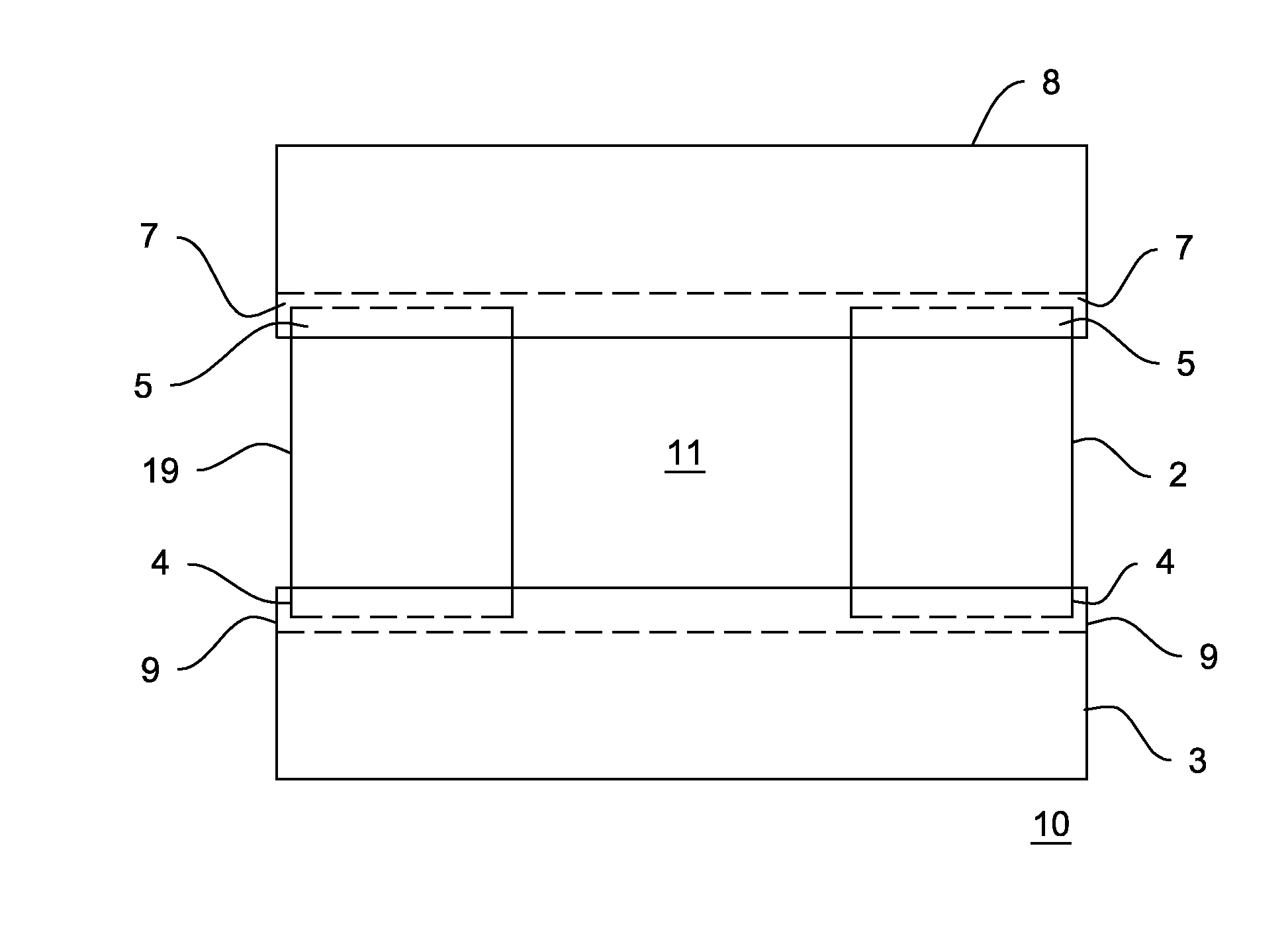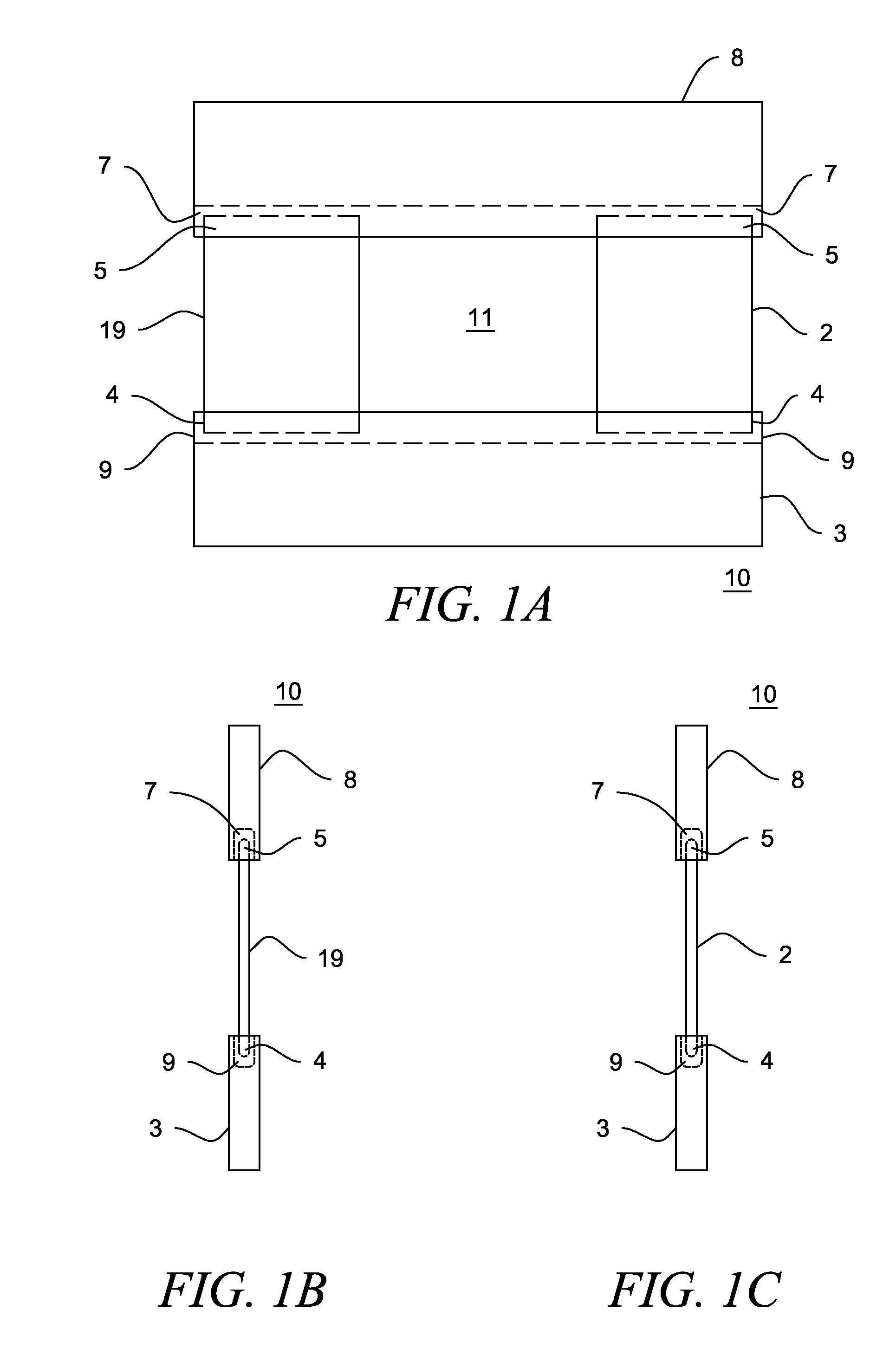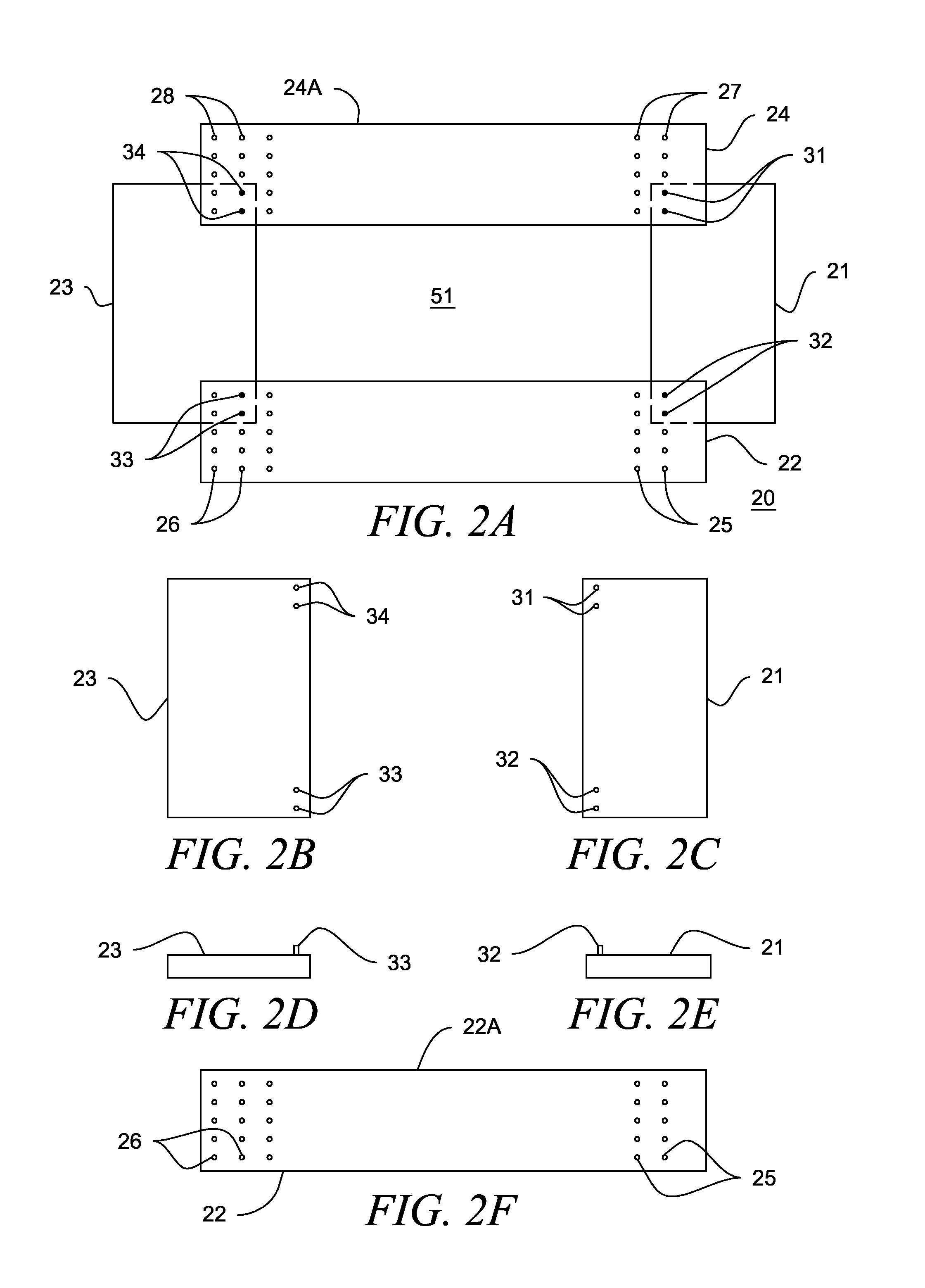System and Method for the Selective Repair of Roofing Shingles
a selective repair and roofing technology, applied in the field of selective repair of roofing shingles, can solve the problems of damage to the shingle, loss of protection to the underlying structure, normal ageing of the shingle, etc., and achieve the effects of reducing economic impact, reducing landfill, and being impact resistan
- Summary
- Abstract
- Description
- Claims
- Application Information
AI Technical Summary
Benefits of technology
Problems solved by technology
Method used
Image
Examples
example 1
[0124]Roof pitch as adhesive selection criterion. Roof pitch describes the angle of the roof as compared to the structure underneath. The primary reason for pitching a roof to redirect water or snow off the roof. Roof pitch is usually expressed as a rational fraction, such as 5 / 12, with each number representing the coordinates of an angle, or as a ratio 5:12. The angle is based on a roof's rise (height) and run (width). A pitch number of 5 / 12 means for every 12 feet, the roof rises 5 feet, and corresponds to a pitch angle of about 22.62 degrees, and a pitch of 12 / 12 corresponds to a pitch angle of 45 degrees.
[0125]The higher the pitch (angle) of the roof, the faster drying the base adhesive should be. A roof pitch greater than 6 / 12 may be considered a high pitch roof and will benefit from using a faster drying adhesive, such as a fast set epoxy, in the method of the invention. A faster drying adhesive will allow better adhesion of the granules with less likelihood of downward drift ...
example 2
[0126]Climate as adhesive selection criterion. The general climate of the geographical location of the roof should be considered when selecting the base adhesive for the method of the invention. Within the United States, there are areas that experience prolonged periods of extreme cold with sub-zero temperatures persisting for weeks, and there are also areas that experience prolonged periods of extreme heat with daytime high temperatures exceeding 100° F. for extended periods of time.
[0127]Contact type cements have a service range down to −40° F. making these types of adhesives suitable adhesive for roofing repairs in areas likely to experience extremely cold winters.
[0128]Neoprene-modified asphalt adhesives have an application temperature range up to 120° F. making these types of adhesives suitable for roofing repairs in areas needing repairs during hot summer months.
example 3
[0129]Size of damaged area as adhesive selection criterion. If the damage to an individual shingle involves a number of hail strikes, large areas of de-granulation or deep indentions with accompanying granule loss, a dark colored base adhesive will aid in restoring the shingle to aesthetically match the surrounding shingles. Neoprene-modified asphalt adhesives will more readily color blend with the asphalt of the shingle for repairing such larger areas of damage.
PUM
 Login to View More
Login to View More Abstract
Description
Claims
Application Information
 Login to View More
Login to View More - R&D
- Intellectual Property
- Life Sciences
- Materials
- Tech Scout
- Unparalleled Data Quality
- Higher Quality Content
- 60% Fewer Hallucinations
Browse by: Latest US Patents, China's latest patents, Technical Efficacy Thesaurus, Application Domain, Technology Topic, Popular Technical Reports.
© 2025 PatSnap. All rights reserved.Legal|Privacy policy|Modern Slavery Act Transparency Statement|Sitemap|About US| Contact US: help@patsnap.com



